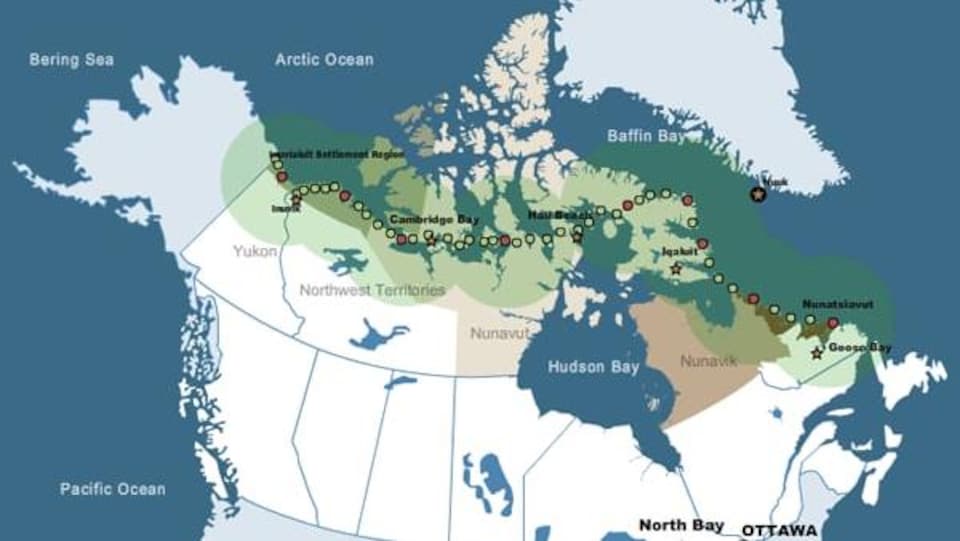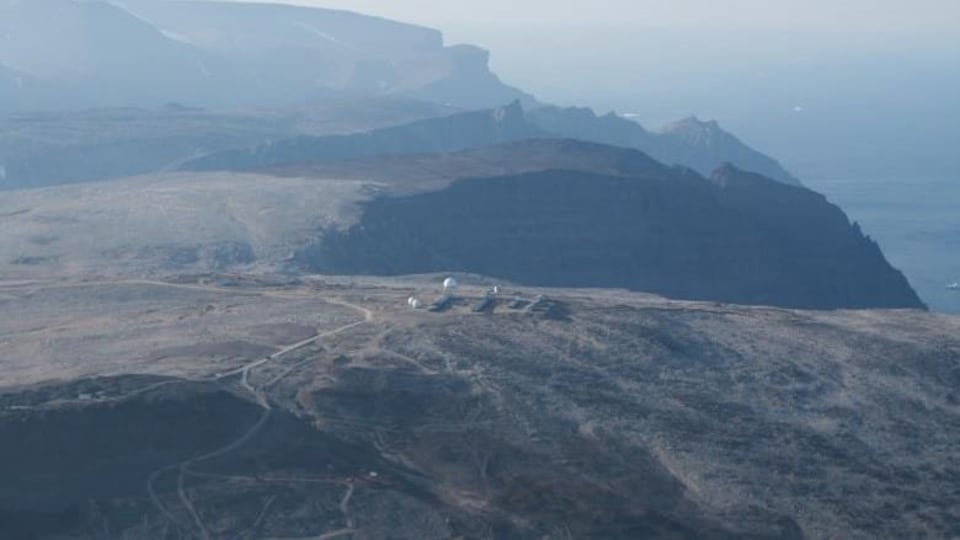Many of the 60 or so radar sites built on the tundra in the 1950s are long gone, like so many other Cold War relics, which have been abandoned or dismantled. Others were rebuilt to become part of the North Warning System (SAN), which succeeded them.
In July, it will be 65 years since the first phase of the DEW Line became operational. Its purpose was simple: to detect bombers if the then Soviet Union launched a nuclear attack on North America by the shortest route, through the Arctic. This was to serve as a deterrent.
Within a few years, however, the system had become largely obsolete. Some of the radar sites were upgraded in the 1980s to fit into the SANoperated jointly by the United States and Canada.
This system is also aging, and with renewed concern over potential Russian aggression and the need to keep North America safe and secure, some wonder if a series of old radar sites several decades still have much to offer.
Modernization plan
I think the North Warning System as we know it today is going to be replaced rather than modernized
says Adam Lajeunesse, an Arctic security analyst at St Francis Xavier University in Nova Scotia.
” What it will be replaced by remains the big question. »
The federal government has promised major investments to modernize the North American Aerospace Defense Command (NORAD), but has not yet released details. Defense Minister Anita Anand recently said a plan is in the works to increase defense capabilities in the Arctic and North America.
Construction of the DEW Line, designed by the United States Air Force, began in 1954 with Canadian approval. The United States paid for most of the project, while Canada took pains to portray it as a joint effort.
Its construction was no small feat, but given the climatic difficulties and the isolation of the sites along the 68th parallel, it was completed in a relatively short time.
A mixed heritage for the Inuit
In this sense, it was similar to the Alaska Highway, another feat of military engineering achieved a decade earlier. Like the Alaska Highway, the DEW Line permanently altered northern culture as well as its landscape.
For Nathan Obed, president of the Inuit Tapiriit Kanatami organization, the legacy of this system is mixed. It’s a question he and many Inuit have given a lot of thought to, he says.
” I can think of a dozen different communities that have the infrastructure that they only have because of militarization during this time. »
He adds that the aviation infrastructure built during this period continues to be the basic aviation infrastructure in the North. Still, Obed says the development that accompanied the DEW Line was not designed with the specific needs of Inuit in mind.
Today the SAN is operated and maintained by the Inuit organization Nasittuq Corporation, under contract with the federal government.
In a statement announcing the seven-year, $592 million contract earlier this year, the Department of Defense said it would continue to invest in the current system until a suitable replacement is in place
.
Obsolete in a few years
Although the construction and use of the DEW Line permanently changed the North, Adam Lajeunesse explains that the warning system became virtually obsolete in a few years, since it was designed in the era of bombers.
It is likely that within five years – and certainly within ten years – of its construction, the Soviets relied on ICBMs [missiles balistiques intercontinentaux] as their primary delivery mechanism for their strategic weapons.
As of the 1980s, the DEW Line as a series of manned radar stations no longer existed. A decades-long clean-up project has been initiated for some of the sites and the others have been incorporated into the North Warning System.
It is marginally useful for determining and detecting ICBMs. In other words, really big missiles, doomsday ones, we can sort of detect them…but it can’t detect hypersonic missiles
explains Professor Rob Huebert, an Arctic defense specialist at the University of Calgary.
Hypersonic missiles can travel at more than five times the speed of sound and have a long range. They can sneak through the atmosphere and avoid being intercepted en route to their target. He is of the opinion that NORAD needs a major update and that the SAN is no longer adequate.
” Just looking at the northern coastline is not enough. You have to be able to look across all of North America. »
Adam Lajeunesse also talks about a larger set of hazards
and argues that a series of radar stations in the Arctic may no longer be a top priority.
The next NORAD will not just be a big building with a dome. It will be a very complex array of sensors linked to a larger network to monitor everything from hypersonic cruise missiles to Chinese fishing fleets.
The future of the North Warning System may be very different from the past of the North Warning System
he concludes.
With information from Paul Tukker
Reference-ici.radio-canada.ca


